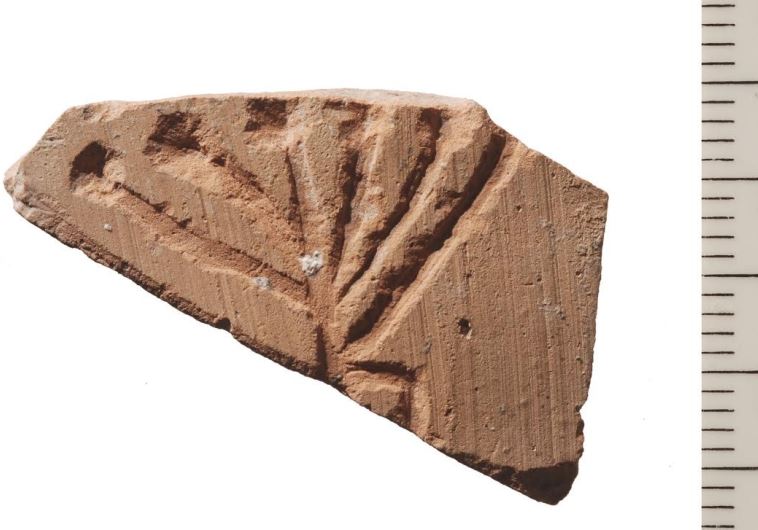Byzantine-era potsherd from Temple Mount may contain engraving of holy site’s menorah
Relic discovered by archaeologists from Jerusalem’s Temple Mount Sifting Project
 An image of the unearthed potsherd(photo credit: COURTESY OF TEMPLE MOUNT SIFTING PROJECT)Updated:
An image of the unearthed potsherd(photo credit: COURTESY OF TEMPLE MOUNT SIFTING PROJECT)Updated: